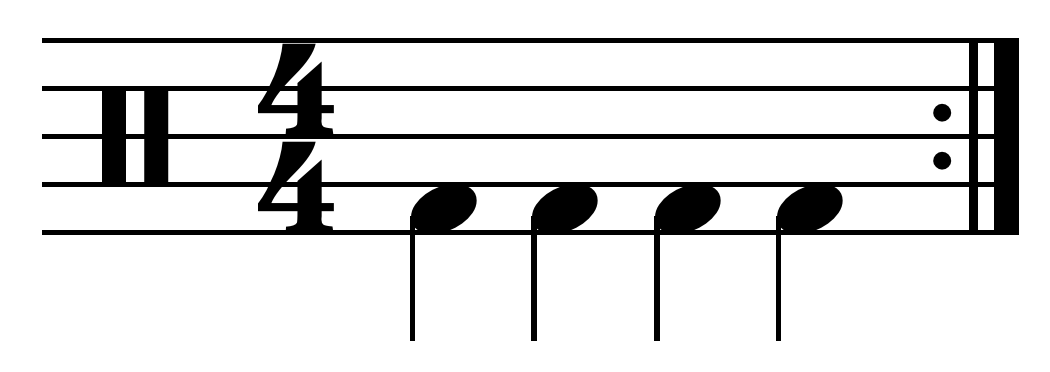|
The Young Person's Guide To The Orchestra
''The Young Person's Guide to the Orchestra'', Op. 34, is a 1945 musical composition by Benjamin Britten with a subtitle ''Variations and Fugue on a Theme of Purcell''. It was based on the second movement, "Rondeau", of the '' Abdelazer'' suite. It was originally commissioned for the British educational documentary film called ''Instruments of the Orchestra'' released on 29 November 1946, directed by Muir Mathieson and featuring the London Symphony Orchestra conducted by Malcolm Sargent; Sargent also conducted the concert première on 15 October 1946 with the Liverpool Philharmonic in the Philharmonic Hall, Liverpool, England. The work is one of the best-known pieces by the composer, and is often associated with two other works in music history: Saint-Saëns' '' The Carnival of the Animals'' and Prokofiev's '' Peter and the Wolf''. This piece is also commonly played as the intro for british band Yes' live tours, starting in the 2000s. Instrumentation ''The Young Person's ... [...More Info...] [...Related Items...] OR: [Wikipedia] [Google] [Baidu] |
Benjamin Britten
Edward Benjamin Britten, Baron Britten (22 November 1913 – 4 December 1976, aged 63) was an English composer, conductor, and pianist. He was a central figure of 20th-century British music, with a range of works including opera, other vocal music, orchestral and chamber pieces. His best-known works include the opera '' Peter Grimes'' (1945), the '' War Requiem'' (1962) and the orchestral showpiece '' The Young Person's Guide to the Orchestra'' (1945). Born in Lowestoft, Suffolk, the son of a dentist, Britten showed talent from an early age. He studied at the Royal College of Music in London and privately with the composer Frank Bridge. Britten first came to public attention with the ''a cappella'' choral work '' A Boy was Born'' in 1934. With the premiere of ''Peter Grimes'' in 1945, he leapt to international fame. Over the next 28 years, he wrote 14 more operas, establishing himself as one of the leading 20th-century composers in the genre. In addition to large-scal ... [...More Info...] [...Related Items...] OR: [Wikipedia] [Google] [Baidu] |
Oboe
The oboe ( ) is a type of double reed woodwind instrument. Oboes are usually made of wood, but may also be made of synthetic materials, such as plastic, resin, or hybrid composites. The most common oboe plays in the treble or soprano range. A soprano oboe measures roughly long, with metal keys, a conical bore and a flared bell. Sound is produced by blowing into the reed at a sufficient air pressure, causing it to vibrate with the air column. The distinctive tone is versatile and has been described as "bright". When the word ''oboe'' is used alone, it is generally taken to mean the treble instrument rather than other instruments of the family, such as the bass oboe, the cor anglais (English horn), or oboe d'amore. Today, the oboe is commonly used as orchestral or solo instrument in symphony orchestras, concert bands and chamber ensembles. The oboe is especially used in classical music, film music, some genres of folk music, and is occasionally heard in jazz, rock, ... [...More Info...] [...Related Items...] OR: [Wikipedia] [Google] [Baidu] |
Bass Drum
The bass drum is a large drum that produces a note of low definite or indefinite pitch. The instrument is typically cylindrical, with the drum's diameter much greater than the drum's depth, with a struck head at both ends of the cylinder. The heads may be made of calfskin or plastic and there is normally a means of adjusting the tension either by threaded taps or by strings. Bass drums are built in a variety of sizes, but size does not dictate the volume produced by the drum. The pitch and the sound can vary much with different sizes, Del Mar, Norman (1981). ''Anatomy of the Orchestra''. . but the size is also chosen based on convenience and aesthetics. Bass drums are percussion instruments and vary in size and are used in several musical genres. Three major types of bass drums can be distinguished. * The type usually seen or heard in orchestral, ensemble or concert band music is the orchestral, or concert bass drum (in Italian: gran cassa, gran tamburo). It is the largest d ... [...More Info...] [...Related Items...] OR: [Wikipedia] [Google] [Baidu] |


